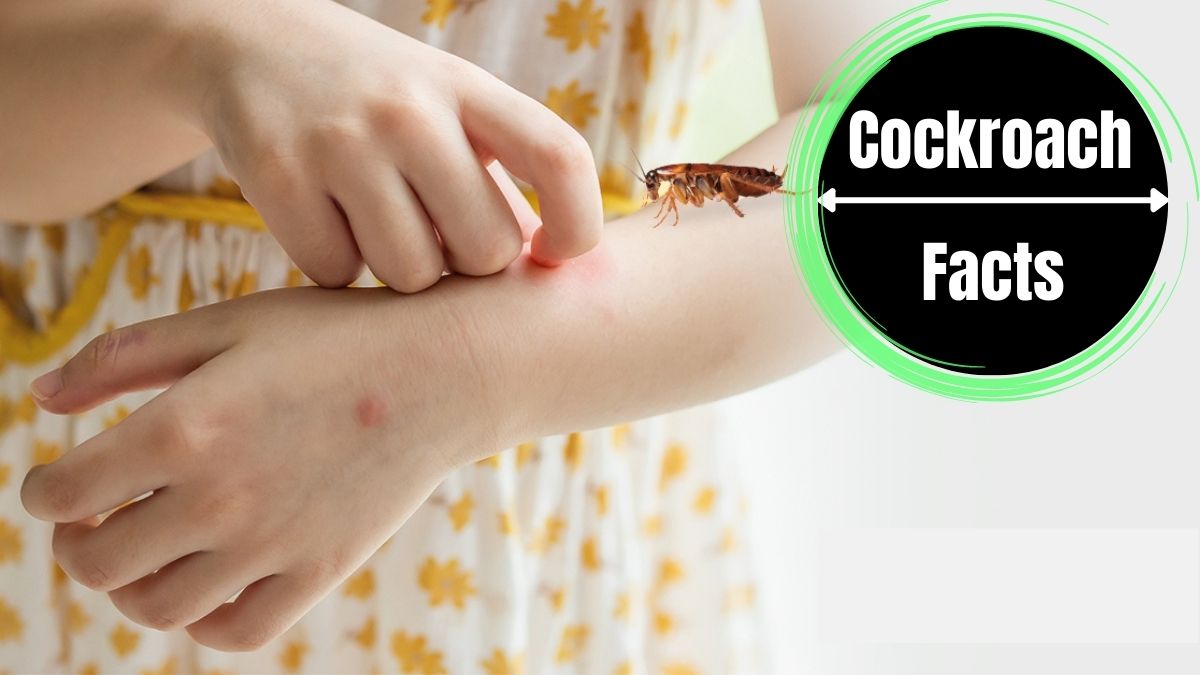Within households, cockroaches can occasionally bite humans, causing discomfort and potential health issues. While cockroach bites are infrequent, understanding how to identify their bite marks is crucial. This comprehensive guide aims to provide you with a detailed understanding of cockroach bite marks, including identification techniques, treatment options, and preventive measures to avoid future infestations.
Identifying Cockroach Bite Marks
Identifying cockroach bite marks can be challenging, as they often resemble bites from other insects. However, there are key characteristics that can help differentiate cockroach bites:
Size and Appearance
Cockroach bites typically appear as small, raised red bumps on the skin. They are generally similar in size to mosquito bites, although slightly larger in certain cases.
Clustered or Linear Pattern
Cockroach bite marks often form in clusters or linear rows due to multiple bites in close proximity. This distinct pattern helps distinguish them from singular bites caused by other insects.
Itching and Irritation
Like other insect bites, cockroach bites can cause itching and irritation. Excessive scratching can lead to secondary infections, so it is important to avoid scratching the affected area.
Treatment Options for Cockroach Bites
If you have identified cockroach bite marks, the following treatment options can help alleviate symptoms and promote healing:
Cleansing the Affected Area
Thoroughly clean the bite marks with mild soap and warm water to remove bacteria or potential irritants. Gently pat the area dry with a clean towel.
Application of Calamine Lotion or Hydrocortisone Cream
Over-the-counter creams containing calamine or hydrocortisone can provide relief from itching and reduce inflammation associated with cockroach bites. Follow the instructions on the packaging for proper application.
Cold Compresses
Applying a cold compress or ice pack wrapped in a thin cloth to the bite marks can reduce swelling and soothe the affected area.
Oral Antihistamines
Over-the-counter antihistamines such as cetirizine or diphenhydramine can help alleviate itching and reduce allergic reactions caused by cockroach bites. Consult a healthcare professional for appropriate dosage and recommendations.
Avoiding Excessive Scratching
Refrain from scratching the bites, as it can exacerbate irritation and increase the risk of infection. Keeping nails trimmed can help prevent unintentional scratching.
Preventive Measures to Avoid Cockroach Bites
Preventing cockroach infestations is crucial to avoid future bite incidents. Implement the following preventive measures:
Maintaining Cleanliness
Ensure your home is clean and free of food debris, as cockroaches are attracted to food sources. Regularly vacuum and mop floors, wipe down surfaces, and practice proper food storage.
Sealing Entry Points
Seal potential entry points for cockroaches, such as cracks and gaps around windows, doors, utility pipes, and electrical outlets, using caulk or weatherstripping.
Repairing Plumbing Leaks
Cockroaches require water to survive, so promptly repair any plumbing leaks or moisture issues to make your home less inviting to them.
Proper Food Storage
Store food in airtight containers, including pet food. Cockroaches can feed on even small crumbs, so clean up spills and crumbs promptly.
Eliminating Hiding Places
Declutter your home and remove unnecessary items that can provide hiding places for cockroaches. Pay attention to areas such as cardboard boxes, stacks of paper, and piles of clothing.
Seeking Professional Pest Control
If you have a persistent cockroach problem, consider engaging a professional pest control service. They can assess the situation and provide targeted treatments to eliminate the infestation effectively.
Conclusion
While cockroach bites are uncommon, correctly identifying them is important for appropriate treatment. By following the steps outlined in this guide, you can effectively identify cockroach bite marks, apply suitable treatments, and implement preventive measures to minimize future infestations. If you experience severe symptoms or have concerns about your health, it is advisable to consult a healthcare professional for further guidance.

